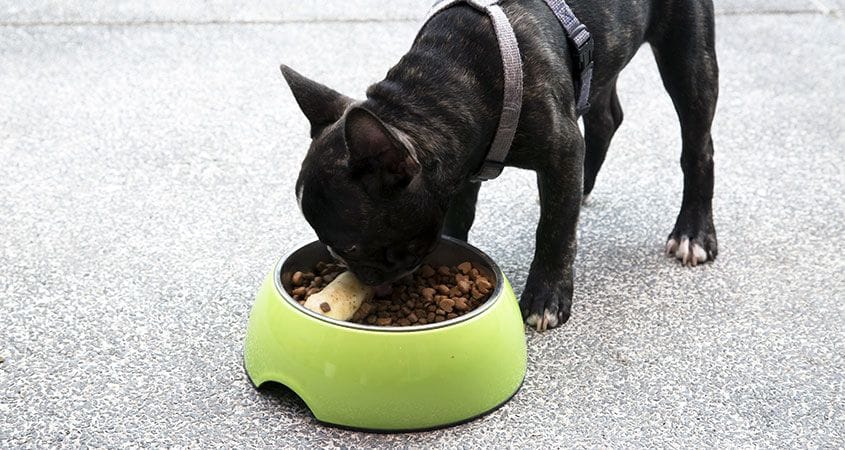The kennel market has a wide variety of dog accessories to choose from. Many of them have lovely colors and patterns; some are simple in design, while others are extremely complex. As dog owners, we may be faced with a difficult decision: what to clothe our dog with. The answer isn’t straightforward. It relies on the type of dog we have, the conditions in which we’ll use the goods, and how we intend to spend time with our dog. We should assess our expectations for a particular accessory and evaluate its intended purpose. As well as our dog’s temperament and any potential behavioral issues.
Collar Or Harness?
This is by far the most prevalent problem that dog owners face. To avoid potential injuries and discomfort to the trachea or larynx. The very small breeds with a fragile neck structure should even use a well-chosen harness instead of a collar. However, when it comes to large, fast-growing dogs. It’s important to be cautious when selecting a harness so that it doesn’t restrict movement in the thoracic limbs (front paws). Which could disrupt the growth of this section of the body. We’ll go through the benefits and drawbacks of both methods. As well as the different types of collars and harnesses, to help you decide.
The Types Of Collars
Every dog’s life would be incomplete without a collar. We can highlight clear communication with the dog as one of its benefits. The dog senses any strain on the leash through the collar, and because it is placed exactly behind his head, we have more control over the dog from the frontal side of his body in any difficult walking scenarios. Many pets benefit from the non-intrusiveness of wearing a collar, especially if the collar is attached with a clip.
The sort of collar fastening, as well as its width and weight, should all be considered. The following are the three primary types:
- Collars that are fastened,
- half-clamp collars, and
- clamping collars.
Fastened collars do not need to be worn over the head, and their circumference is often adjustable, allowing us to simply fit them around our dog’s neck. However, in a tense circumstance, dogs with a small head may be able to slide out of such a collar. Then try a half-clamp collar, which does not entirely tighten (protects against discomfort in a pet, locks in a secure location determined by us). But can prevent the dog from slipping out too easily. When choosing the width of the collar. Keep in mind that an extremely narrow collar may irritate the larynx in dogs with a fragile neck (e.g. small breeds or greyhounds).
Another thing to think about is the collar’s material. In more sensitive dogs, stiff collars with fairly sharp edges can chafe the fur and skin around the neck, causing inflammation. A lot of chemicals, double tape, and a latch – all of these things can be difficult in routine use with long-haired dogs. We should also keep in mind that many materials absorb water, so if we walk with our dog frequently in wetlands or if the dog bathes during walks, waterproof or quick-drying fabrics should be considered.
The Types Of Races
The harness is unquestionably more comfortable for the dog and, in most cases, more secure. They are advised for pups. And for dogs who become agitated when they are exposed to specific stimuli.
Because the dog harness is more difficult for the dog to pull out when strolling on a busy road, the handler feels more confident. The three fundamental harness models are detailed here, along with their benefits and drawbacks.
Guard Harness:
The most general, the safest, does not restrict joint mobility. It does not represent a threat to a growing dog, and may be used for less strenuous excursions and running free.
Norwegian Harness:
Simple to put on, comfortable for the dog, and suitable for daily walks when the dog is not tugging for an extended period of time.
If your pet pulls on the leash. They may restrict the range of motion in the shoulder joints, making them unsuitable for sports and extended excursions.
Braces and other sports harnesses are typically more difficult to put on since the size must be adjusted properly. The basic design devised for maximum freedom of movement; the dog can pull in them (in which case we use the harness included in the set with a shock absorber), making it ideal for extended travels.
It’s also important to keep in mind how to choose the right harness size. When it comes to puppies, it’s only natural that we’ll need to upgrade to a larger harness as they grow.




